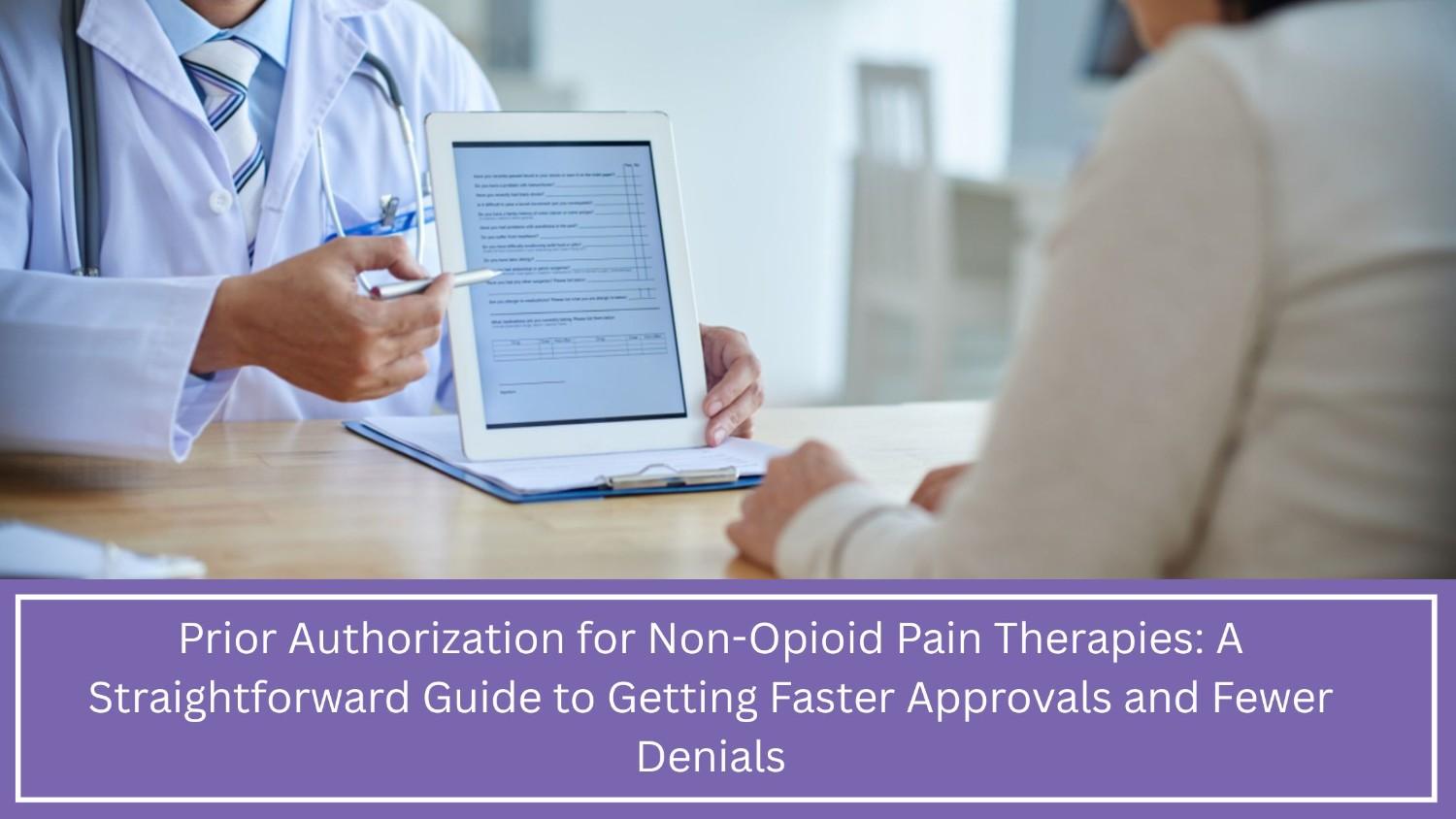Will Blockchain Revolutionize Healthcare Claims by 2026?
Will Blockchain Revolutionize Healthcare Claims by 2026? Let’s be clear: a distributed ledger isn’t a magic solution. Blockchain can support healthcare claims in specific, targeted ways — but a full revolution by 2026 won’t happen. Expect pockets of real value and a few pilots moving into production, while day-to-day adjudication still depends on clearinghouses, legacy EDI/X12 systems, and the complex dynamics between payers and providers. This piece breaks down why widespread transformation is unlikely, where smart contracts can truly accelerate processes, and which pilot projects can deliver measurable ROI.
Table of Contents
What Blockchain Actually Brings?
Immutable audit trail: a shared log that makes it hard to erase who submitted what, when. That’s useful for dispute resolution and fraud tracing.
- Deterministic execution (smart contracts): code that enforces policy rules automatically when trusted inputs arrive — useful for straight-through, rule-based payouts.
- Decentralized verification: multiple parties can independently validate pieces of a claim without copying every sensitive data field to everyone.
Sounds promising. The catch? The ledger doesn’t solve messy business problems: inconsistent data, poor documentation, complex benefit rules, and misaligned incentives.
Where Real Pilots and Research Actually Live?
There’s a growing body of academic and industry work showing frameworks, prototypes, and small pilots for blockchain-based claims workflows and fraud reduction. Recent reviews from the last year map out smart-contract architectures for automated validation and point to privacy-preserving approaches to make multi-party workflows auditable without leaking PHI. But most of that work is experimental or tightly scoped.
Separately, big healthcare tech players have experimented with permissioned ledgers. A Hyperledger case study (from years ago) demonstrates the technical feasibility of very high transaction throughput in controlled settings — but feasibility and production-grade governance are two different things. If the ledger runs inside a single vendor’s control, you’ve technically used blockchain but you’ve not solved the underlying governance problem.
And then there’s the glare of reality: centralized clearinghouses and the infrastructure that moves the majority of U.S. claims were shown to be brittle in 2024 when a major provider of claims routing and processing suffered a ransomware attack that knocked medical billing and pharmacy networks offline for weeks. That event underlined two truths: (1) centralized systems are single points of failure, and (2) security, incident response, and continuity planning matter more to revenue flow than any ledger technology.
What Smart Contracts Can and Can’t do by 2026
Can do (realistic, measurable wins)
- Straight-through, low-complexity claims: For well-defined, narrow claims (e.g., standardized lab orders, bundle payouts, parametric/trigger-based payments), smart contracts can automatically verify inputs and release payments — trimming days to hours. You need reliable, trusted data oracles feeding the contract.
- Reconciliation & audit trails: Replacing “I paid $X on Y date” email trains with an auditable ledger improves dispute resolution and reduces back-and-forth. That’s a bookkeeping win that reduces administrative overhead.
- Fraud signaling & provenance: Shared indicators (e.g., provider credential flags, duplicate-claim hashes) can speed detection of suspicious patterns across payers without revealing patient details. Academic prototypes show promise here.
Can’t do (or won’t, by 2026)
- Replace clearinghouses or core adjudication engines: Clearinghouses are not just message routers; they implement complex payer rules, benefit lookups, bundling logic, edits, and payer-provider integrations. Rebuilding that on-chain would require rewriting decades of business logic and winning unanimous payer/provider buy-in — impossible by 2026.
- Eliminate the need for trusted off-chain data: Smart contracts are only as good as their inputs. Oracles, integrations, and data quality remain the failure points. If your eligibility feed is wrong, the contract pays out incorrectly.
- Scale-sensitive public blockchains for PHI: Public chains with slow finality and open data are incompatible with healthcare privacy and throughput needs. Permissioned ledgers can be tuned for speed but then you trade off decentralization and governance.
Regulatory and Privacy Landmines
HIPAA and data residency rules don’t play nice with distributed copies of records. You can design ledger patterns that store only hashes and pointers on-chain and keep PHI off-chain — that’s the right pattern — but it requires careful cryptography, key management, and legal agreements. The literature and pilots are clear: privacy-preserving blockchain architectures exist on paper and in prototypes, but operationalising them across dozens of payers and thousands of providers is non-trivial.
Governance and Incentives: the Real Blockers
Blockchain helps when all parties benefit from shared truth. In healthcare claims, incentives are fractured: payers want to reduce payouts and audits; providers want faster cash and fewer denials; clearinghouses want to sell services. Whoever pays for building and running the network gets power — which kills “neutrality.” You can build a consortium, but expect hard negotiations about data access, dispute resolution, and upgrade paths. Don’t underestimate the time and legal cost. The academic work flags governance as the top implementation challenge.
Practical Roadmap for 2024–2026
If you’re in RCM, don’t bet the farm. Do this instead:
- Pick narrow, high-signal pilots — e.g., automated reconciliation between a payer and a high-volume provider group for a single CPT code family, or parametric payments for a bundled service. Keep scope, inputs, and success metrics tight. (fewer moving parts = faster wins).
- Publish interfaces, not data — store hashes or claims digests on-chain; keep PHI in trusted off-chain stores with clear access controls. That gives you auditability without multiplying risk.
- Design the oracle layer early — automate trusted data feeds (eligibility, payment confirmations, LOINC/CPT validation) and instrument them for observability. The oracle is where most projects die.
- Make governance legally binding — consortium agreements, SLAs, upgrade rules, exit clauses — these are not negotiable. Expect months of legal work.
- Measure cash flow impact — if you can shave days off A/R, quantify it. That ROI sells pilots faster than theoretical talks about “immutability.”
Short Verdict for Blockchain Healthcare Claims
Blockchain won’t magically replace the U.S. claims ecosystem by 2026. But parts of it will be meaningfully better where the problem is narrow, the data trustworthy, and the commercial incentive aligned. Think targeted pilots: reconciliation, parametric payouts, fraud signalling, and auditable consent logs. Those are the places you get measurable speed and trust benefits within a realistic timeline. The rest — full-scale adjudication, universal payer adoption, and privacy-perfect shared ledgers — stays aspirational for now.
If you want to act like a grown-up: run one sharp pilot with clear KPIs (days-to-payment, dispute rate, admin hours saved), instrument everything, and negotiate governance up-front. If you’re hoping to rip out clearinghouses or replace legacy adjudication engines wholesale by 2026 — that’s a fantasy, not a strategy.
ALSO READ – Simplifying Revenue Management: How Medical Billing Services Empower Small Practices
Talk to Medical Billing Expert Today — Get a Free Demo Now!






